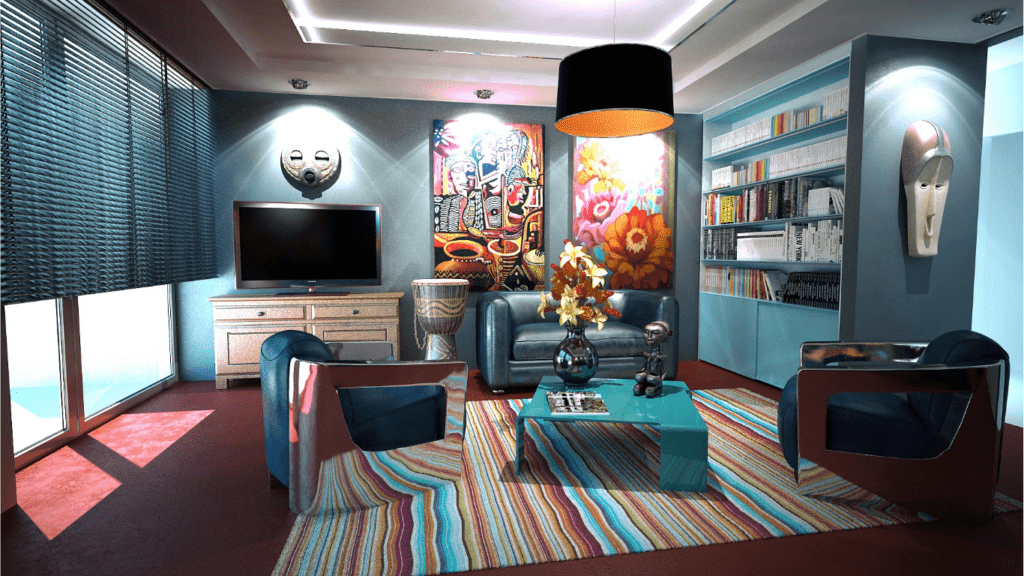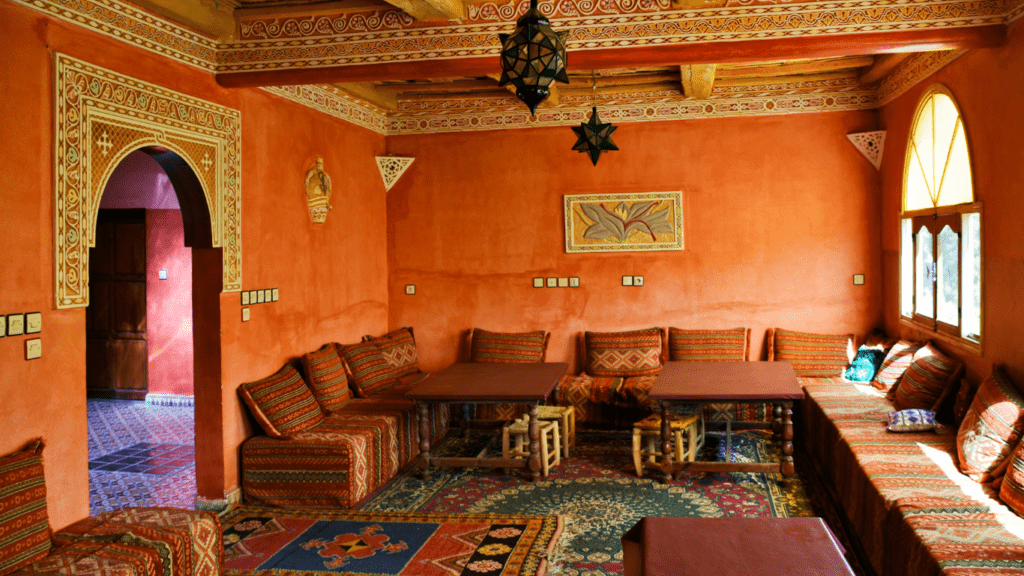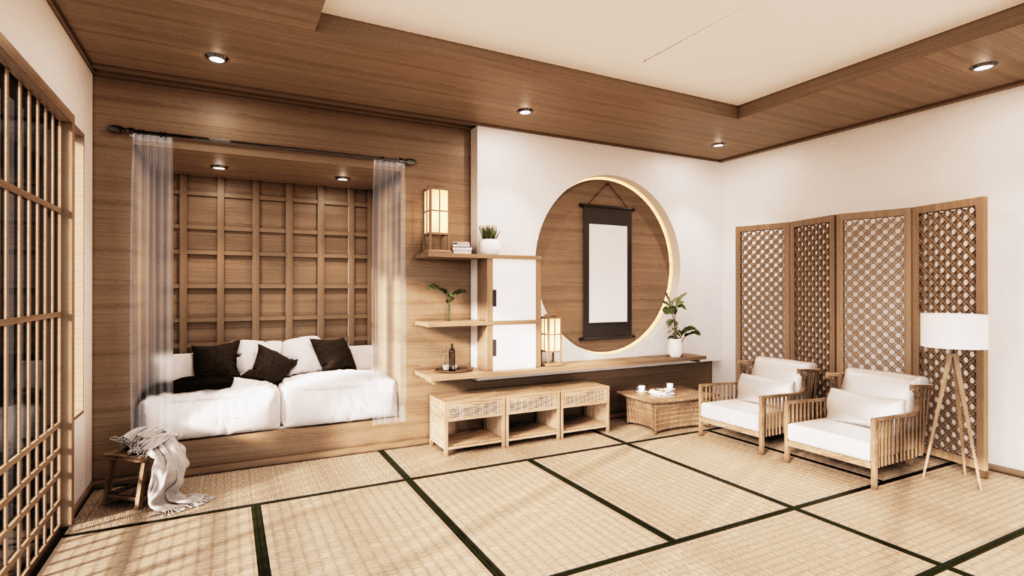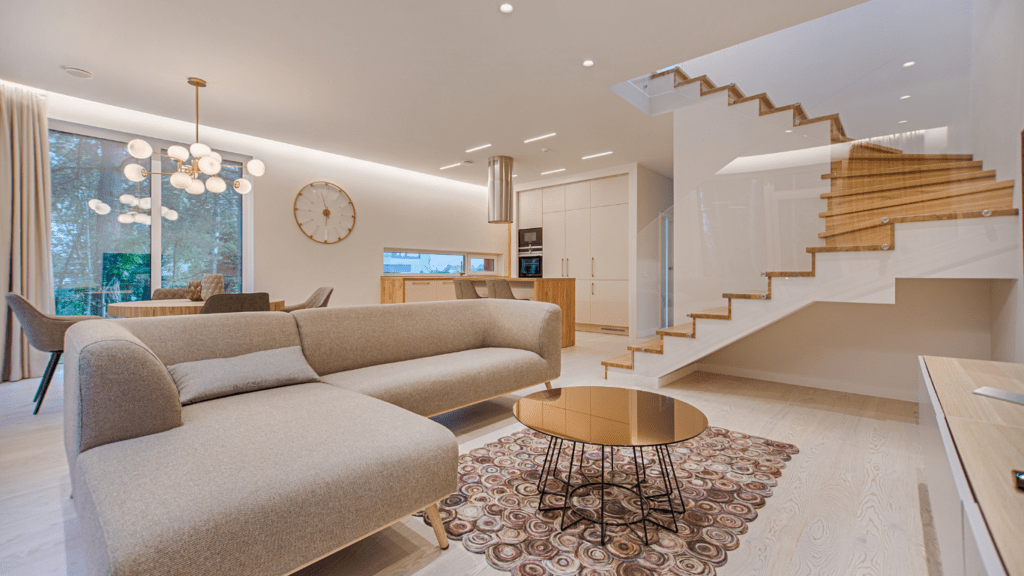The Revival of Maximalism
Maximalism re-emerges as a reaction against the stark simplicity of minimalism. This trend encourages layered patterns, varied textures, and rich colors, blending them to create visually compelling spaces. Unlike minimalism, maximalism embraces personalized decor, embodying diverse styles and histories.
Designers and homeowners seek to infuse their spaces with character. The key to successful maximalism lies in curation. Gathering pieces that tell unique stories transforms areas into vibrant reflections of individual personality. Vintage artifacts, bold artwork, and eclectic furniture items (e.g., statement chairs) contribute to this rich tapestry.
Returning patterns like florals and damasks (e.g., wallpapers and fabrics) are central to maximalist design. Combined with tactile elements like:
- velvet
- silk
- leather
these evoke a sense of depth and luxury. Mixing contrasting patterns, such as stripes with florals, adds dynamic energy to rooms.
Color plays a pivotal role in maximalism. Deep jewel tones (e.g., emerald green and sapphire blue) contrasted with metallic accents create dramatic dimensions. Layering colors in unexpected ways breaks conventional norms and stands at the core of maximalist principles.
In essence, maximalism allows creativity to flourish through deliberate and enthusiastic decoration choices. By integrating a blend of bold elements, anyone can achieve a maximalist aesthetic that feels both intentional and deeply personal.
Key Elements of Maximalist Design

Maximalism thrives on embracing bold patterns, rich textures, and vibrant colors. I’ll guide you through the essential elements to master this lavish design style.
Bold Patterns
Bold patterns define maximalist spaces. Think large-scale florals, geometric prints, and intricate damasks, which all create visual interest. I suggest mixing different patterns, such as pairing a floral sofa with geometric throw pillows, to add depth and complexity. Layering patterns at varying scales avoids overwhelming the eye.
Rich Textures
Rich textures bring warmth and luxury to maximalist interiors. Tactile materials like velvet, silk, and brocade evoke opulence. In my experience, combining contrasting textures enhances sensory appeal. For instance, pair a plush velvet armchair with a sleek, silk throw. Textured wallpapers and rugs also add dimensionality to your space.
Vibrant Colors
Vibrant colors are crucial for maximalist design. Deep jewel tones like emerald green, sapphire blue, and ruby red add dramatic flair. I recommend contrasting these with metallic accents, such as gold or brass, to elevate the richness. Don’t hesitate to layer colors; for example, pair a bold-colored wall with vibrant, opposing-colored furniture to break conventional norms and energize the space.
How to Incorporate Maximalism at Home
Embracing maximalism requires a thoughtful approach to patterns and textures. Below, I explore effective strategies to transform your space.
- Statement Walls
Statement walls offer an impactful way to introduce maximalism. Bold wallpapers featuring large florals or intricate geometric patterns create a focal point. For instance, a wall covered in a vibrant tropical print can instantly energize a room. Complementary paint in rich hues like emerald green enhances visual depth. Use contrasting patterns on adjacent walls to create a cohesive yet dynamic design narrative.
- Layered Textiles
Layering textiles is essential for adding richness to any maximalist space. Mix materials such as velvet, silk, and brocade to evoke luxury. For example, throw pillows in varying textures on a velvet sofa add visual and tactile appeal. Incorporate patterned rugs with intricate designs to anchor furniture. Drapes using bold fabrics and layered bedding sets yield a comfortable, inviting ambiance brimming with character.
- Eclectic Decor
Eclectic decor brings personality and whimsy to maximalist spaces. Combine vintage artifacts with modern pieces to tell a unique story. For instance, antique vases placed alongside contemporary sculptures create intriguing contrasts. Display artwork in various styles and frames to enhance visual interest. Curate accessories like ornate mirrors and colorful ceramics to reflect diverse influences, ensuring your space feels curated and intentional.
Benefits of Embracing Maximalism
Maximalism offers numerous advantages, combining visual appeal with personal comfort. Let’s explore how embracing bold patterns and textures enriches your space.
Personal Expression
Maximalism enables personal expression by allowing customized decor. It reflects unique tastes through varied patterns such as floral prints and textures like velvet. Each element in a maximalist room, from vintage artifacts to contemporary art, tells a story. These curated choices make your space a true extension of yourself.
Unique Aesthetic
A maximalist design creates a unique aesthetic by combining diverse elements. Mixing patterns like stripes and polka dots with textures such as silk and brocade results in visually dynamic interiors. This approach differentiates your space from cookie-cutter designs, adding character and charm. Jewel tones, paired with metallic accents, enhance this one-of-a-kind appeal.
Versatility
Maximalism’s versatility lets you layer and blend styles seamlessly. Whether using modern decor with antiques or mixing vibrant colors with neutral tones, maximalism adapts easily. This flexibility ensures spaces remain fresh and intriguing, allowing room for continual updates and creativity, unlike more rigid design philosophies.
Balancing Maximalism with Practicality
Maximalism doesn’t mean cluttered. Practical balance is key to making it work without overwhelming spaces.
Creating Focal Points
Identifying focal points in a room simplifies maximalist design. One piece, like a statement wall or large artwork, should capture attention. This approach prevents visual chaos and gives the eye a clear resting place. Bold wallpapers transform walls into focal points, while a single large piece of art can act as a centerpiece. This technique maintains balance, ensuring the space feels cohesive rather than busy.
Avoiding Clutter
Organization is crucial in maximalist spaces. Decluttering regularly prevents rooms from feeling cramped. Storage solutions, such as decorative boxes, stylish shelves, and dual-purpose furniture, keep items organized. Mixing textures and patterns with intention avoids a haphazard look. Each item should contribute to the overall design narrative, creating an elegant and functional space.



 Betsylie Sheetsin – Home Renovation Expert
Betsylie Sheetsin serves as the Home Renovation Expert at Castle Shelf House, specializing in giving practical advice for both small and large-scale home improvements. With years of experience in construction and renovation, Betsylie understands the importance of blending durability with design. Her insights into home renovation projects, along with expert advice on the latest materials and techniques, empower homeowners to tackle even the most ambitious projects confidently.
Betsylie Sheetsin – Home Renovation Expert
Betsylie Sheetsin serves as the Home Renovation Expert at Castle Shelf House, specializing in giving practical advice for both small and large-scale home improvements. With years of experience in construction and renovation, Betsylie understands the importance of blending durability with design. Her insights into home renovation projects, along with expert advice on the latest materials and techniques, empower homeowners to tackle even the most ambitious projects confidently.
